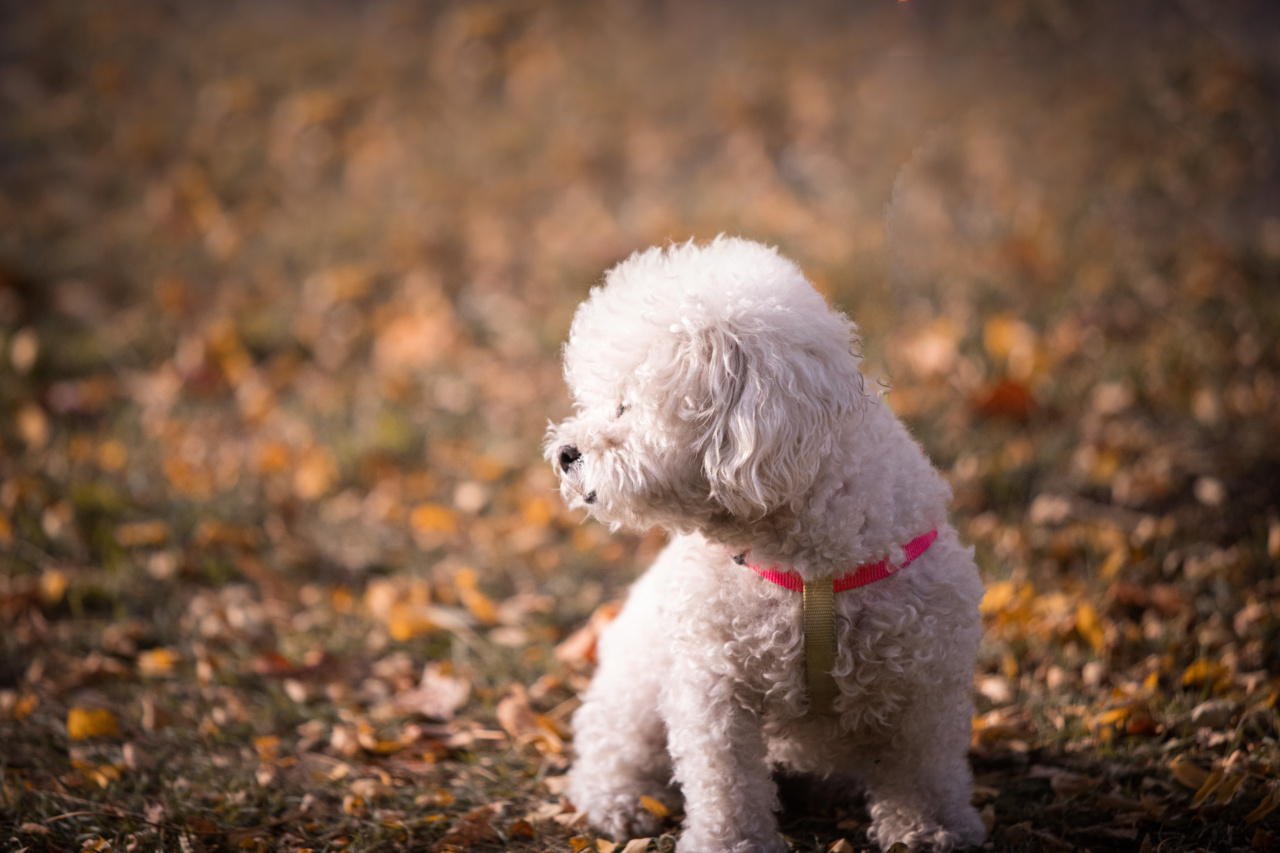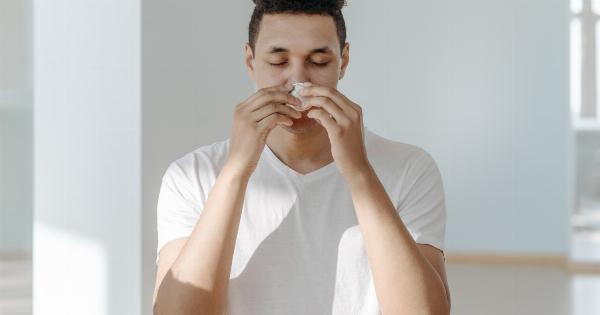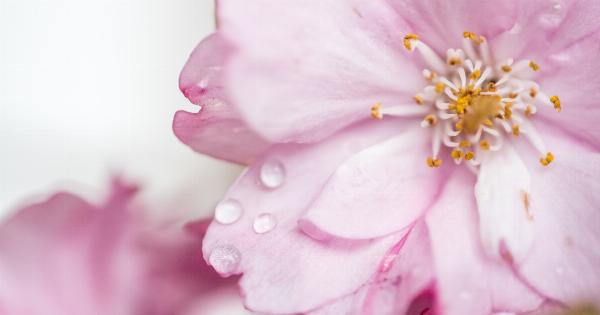Fall is the season of hayrides, pumpkin patches, and colorful leaves. Unfortunately, it is also the season for allergies. For many people, autumn allergies can cause misery and discomfort.
Here are some tips to help you manage your symptoms and enjoy the season.
1. Know your triggers
The first step in dealing with allergies is to identify your triggers. Common triggers for fall allergies include ragweed, mold, and dust mites. Keep track of your symptoms and try to identify patterns.
If you’re not sure what’s causing your symptoms, talk to your doctor or allergist.
2. Keep your home clean and dry
One of the best things you can do to reduce allergy symptoms is to keep your home clean and dry. Use a HEPA filter in your vacuum cleaner to trap allergens, and dust regularly with a damp cloth.
Keep the humidity in your home below 50% to discourage mold growth.
3. Use allergen-proof bedding
Mites love to make their homes in bedding, so using allergen-proof pillowcases and mattress covers can help reduce your exposure. Wash your bedding in hot water once a week to kill any mites that may have taken up residence.
4. Wear a mask
When you’re outside, wear a mask to reduce your exposure to allergens. Look for a mask with a high-efficiency particulate air (HEPA) filter, which can trap small particles like pollen and dust.
If you’re doing yard work or raking leaves, wearing a mask is essential.
5. Take medication as directed
Over-the-counter allergy medications like antihistamines and decongestants can be very effective at reducing symptoms. Make sure you’re taking the right medication for your symptoms and follow the dosage instructions carefully.
If you’re not sure what to take, talk to your doctor or pharmacist.
6. Try nasal irrigation
Nasal irrigation can help clear your sinuses of allergens and other irritants. Use a saline solution and a neti pot or squeeze bottle to flush out your nasal passages.
Be sure to use distilled, sterile, or previously boiled water to avoid introducing bacteria into your sinuses.
7. Stay indoors during peak pollen hours
Ragweed pollen levels are highest in the early morning and early evening, so try to stay indoors during those times if possible. Keep windows closed and use air conditioning to keep your home cool.
If you must be outside during peak pollen hours, wear a mask and take your medication beforehand.
8. Consider immunotherapy
If your symptoms are severe and can’t be managed with medication, your doctor may recommend immunotherapy. This involves receiving injections of small amounts of allergens over time to help your body build up immunity.
Immunotherapy can be very effective, but it requires a long-term commitment.
9. Keep pollen out of your car
When you’re driving, keep your windows closed and use the air conditioning if possible. Use a high-efficiency cabin air filter to trap allergens and change it regularly. Vacuum your car frequently to get rid of any pollen that may have accumulated.
10. Be prepared for emergencies
If you have severe allergies, it’s important to be prepared for emergencies. Carry an epinephrine auto-injector and wear a medical alert bracelet or necklace.
Make sure your family and friends know how to recognize an allergic reaction and when to seek medical help.






























